In the sweltering summer of 1955, guests who walked through the turnstiles of Disneyland, under the railroad tracks and into the magical environment of the world’s first theme park, saw things that were atypical for amusement parks of the day.

And up ahead, gleaming in the bright sunlight, was a storybook-inspired, multi-spired castle, beckoning visitors to come explore this place of wonder, where parents and children could have fun together.
In front of Sleeping Beauty Castle, Disneyland’s majestic icon, and emanating like the cardinal points on a compass, were several themed “lands.” Here, the young and the young at heart could explore days of old, days of fantasy or days yet to come. And, in keeping with Walt Disney’s love of railroads, there were trains … several trains, either circling the property or traversing through sections of it.
And there were sailing vessels, too, inside this magical place. Large watercraft such as the Mark Twain riverboat, and smaller boats, like the ones used for the Jungle Cruise and Canal Boats of the World attractions. All three boat rides were extremely popular when the park opened in 1955 … and all three are still in operation today, a testament to their unwavering appeal and the timeless stories they tell.
It turns out that Disneyland, a place without peer when it opened, had several piers where guests could climb aboard a boat and sail off on an unforgettable adventure. Other water-themed attractions were added to the park’s lineup in the months following opening day, with even more ambitious rides to debut years later.
BIRTH OF THE MARK TWAIN RIVERBOAT
The Mark Twain riverboat was special. It took months of meticulous planning, anxious moments and plenty of crossed fingers before the stately “queen of the river” was christened on Disneyland’s opening day, July 17, 1955. And even then, the boat almost met its demise before its very first official trip around the Rivers of America.
The Mark Twain, the first sternwheeler built in America in almost 50 years, is 105 feet long, weighs 150 tons and is large enough to carry 350 passengers. It was constructed at two different locations several miles apart, and nowhere near its final destination of Disneyland in Anaheim, Calif.

Then, too, there was Walt’s love of the stories authored by Samuel Langhorne Clemens, whose penname was Mark Twain. Those classic tales of Americana, most set in Hannibal, Missouri, and all depicting life on the Mississippi in the late 1800s, served to fuel Walt’s love of the country’s frontier days, as well as his adventurous spirit. In Walt’s mind, as important as Main Street U.S.A. was to Disneyland, so, too, was a riverboat.
Constructing the Mark Twain was a monumental undertaking. The hull of the first-ever pre-fabricated sternwheeler was built in a shipyard in San Pedro, Calif., near the Port of Los Angeles. Most every piece of wood for the hull had to be measured and cut individually. The main section of the boat – three decks plus an elaborate pilot house, as well as two towering smokestacks – was assembled inside Studio 3 at the Walt Disney Studios in Burbank.
A retired Mississippi riverboat captain was brought in to oversee the entire process, ensuring authenticity. When it came time to move all the parts of the Mark Twain to Disneyland, it was dismantled and trucked over the busy Los Angeles freeways to a waiting dry dock near Frontierland.
Here, a heavy equipment assembly line was used to marry all the pieces into the finished product. The Mark Twain burns diesel fuel to convert fresh water into steam. The steam enables two pistons to turn the boat’s paddlewheel, located at the rear, or stern, of the boat.
While construction of the Mark Twain presented its own set of challenges, problems arose when workers were creating and filling the Rivers of America with water, on which the boat would embark on its daily runs. Specifically, the sandy soil that once supported acres of orange groves soaked up the pumped-in water like a dry sponge. Nonplussed, Disney’s staff managed to find clay soil nearby that had all the attributes of concrete, assuring that the water would stay put.
Four days before Disneyland opened, the Mark Twain was the centerpiece of a special occasion at the park: Walt and Lillian Disney’s 30th wedding anniversary. In essence, the Mark Twain became a party boat for one night. Three hundred guests were invited to the celebration. After they arrived at the park at 6 p.m., the guests boarded horse-drawn surreys and were taken along Main Street U.S.A. and into Frontierland.
From here, they boarded the boat and were able to, as the invitation read, “cruise down the Mississippi on the Mark Twain’s maiden voyage.” The night was topped off with dinner in the Golden Horseshoe Revue across from the Mark Twain’s dock.
During Disneyland’s press preview day on July 17, 1955, a boatload of snafus made for some unexpected anxious moments. When actress Irene Dunne tried to christen the boat with a large glass bottle filled with water from some of the nation’s leading rivers, the bottle refused to shatter … even as excited passengers grew impatient waiting to set sail. In speaking with television co-host Art Linkletter during the ceremonies, Miss Dunne noticed that the Mark Twain “appears to be listing!”
As it turned out, no one was keeping track of just how many people had gotten on board the boat. As it drifted away from the dock, water began lapping onto the first deck and rumors spread like wildfire around the park that the Mark Twain was sinking! Dick Nunis, who was overseeing the catering area to where many of the day’s celebrities and VIPs had retreated, was summoned to Frontierland to lend a hand with the crisis.
When he got to the Mark Twain’s dock, he quickly surmised “there were just too many people on the boat,” and he assisted in alleviating the problem by having many of the guests disembark.
Throughout the decades, a voyage along the Rivers of America on the Mark Twain has always been a trip back through the pages of American history, to a less hectic, more relaxed time, where the journey was just as important as the destination. Passengers line up for the boat at a dock area located in Frontierland, near where the former Golden Horseshoe attraction once held sway.
A cast member invites guests to step on board, with most scurrying up two flights of stairs to the top deck, for the sweeping panoramic views of the park. There are some seats available in the forward section of the boat, but most folks stand during the approximately 18-minute trip, leaning on a guard rail, watching other guests on dry land scurrying through the park.
Over a loudspeaker, the captain begins to tell us the story of life along the Mississippi during the late 1800s. He interrupts his history lesson by barking orders to the crew: “Cast off the bow lines. Engine room – ahead one-quarter.” The boat eases away from the dock and as it does, the captain begins to call out the depth of the water ahead. “Mark one. Mark twain. Mark three.”
Mark twain, it turns out, means the water is two fathoms deep, just the right depth to keep the boat from running aground. The water is a murky green in color, a clever way to hide the guide rails that ensure that the boat is, indeed, kept on a steady course and away from shallow water. In Disney parlance, this purposeful discoloration of the water is called “turbidity.”
Ted Kellogg began his decades-long career with Disney working in Frontierland, where he piloted the Mark Twain, the Rivers of America keel boats and the rafts that took guests to and from Tom Sawyer Island. On piloting the Mark Twain, Kellogg said “it’s on a track and doesn’t require much in the way of navigational skills. The biggest responsibility was giving the guests the same spiel every time you left the dock.”
That spiel, now a pre-recorded message broadcast over the boat’s loudspeakers, comes as the Mark Twain gently glides past New Orleans Square to the left. A minute or so later, passengers then catch a glimpse of Tom Sawyer Island [now used as a Pirates’ Lair] on the right, the legendary spit of land where young Tom, Becky Thatcher and Huck Finn – characters all brought to life on the pages of Mark Twain’s classic novels, beloved by none other than Walt Disney – were inhabitants. Also along the journey, guests get to see Fowler’s Landing [named for Admiral Joe Fowler, a key figure in the construction of both Disneyland and Walt Disney World], before heading off to “the Western frontier.”
The river’s current seems to get a bit rough here as small waves splash against protruding rocks. At this point, a Native American village comes into view to the left, as do figures of elk and moose, indigenous to the Northwest. Near the end of the Mark Twain’s circuitous tour, a fishing shack with a keel boat attached to its small dock is on display. The boat returns to the Frontierland docks, where guests get off and another group prepares to board … anxious to reach back to the bygone days of America’s pioneer development.
In 1992, the Mark Twain took on the additional role of floating stage: Each night, it comes chugging around the river bend near Tom Sawyer Island laden with dozens of Disney characters during the elaborate “Fantasmic!” presentation.
INSPIRATION FOR THE JUNGLE CRUISE
Like the Mark Twain, the Jungle Cruise attraction in Adventureland opened with the rest of Disneyland on July 17, 1955. And like the Mark Twain, the Jungle Cruise was inspired by previous experiences during Walt Disney’s life, including the goodwill tour of South America in 1941.
At the end of the trip, some members of El Groupo flew on to Peru and Mexico before returning to California, while Walt, Lillian and the remainder of the troupe boarded an ocean liner for a 15-day voyage back to the United States.
On the ship, the remaining members of the group started the arduous task of compiling all that they had experienced during the months-long stay onto storyboards in a specially constructed area on the boat’s deck. During a stop along the way at a small riverside town in Colombia, Walt and a few members of his party boarded a steamship for a day trip up the river into a rain forest.

Unlike the Mark Twain, which takes guests along the Rivers of America, the Jungle Cruise is a worldlier adventure, with passengers [each boat holds up to 33 people] taking a 10-minute excursion along several the Earth’s most famous rivers – the Amazon, Nile, Ganges and Mekong among them. In its planning stages, the placement of live animals during the trip was suggested.
“We thought the Jungle River ride was going to have live animals, until they told Walt that every guest would see something different each time,” said Disney artist Herb Ryman. The idea of using live animals was quickly dismissed; realistic Audio-Animatronics animal and human figures took the place of often unpredictable wild creatures.
Guests queue up for the Jungle Cruise in a covered building reminiscent of a ramshackle outpost somewhere at a faraway, mysterious port of call. To those with sharp eyes, the props, signs and other accoutrements that line the queue area pay tribute to the many men and women who helped bring the attraction to life. It turns out that Disney’s creative staff members love to poke fun at themselves, and nowhere is that more evident than on the Jungle Cruise queue.
Once guests have been seated on brightly canopied launches [with exotic names like Ganges Gal, Mekong Maiden and Irrawaddy Woman], they are introduced to their skipper – part pilot, part tour guide, always wisecracking master of the malapropism [Disney Legend Bill Sullivan and former Disney executive John Lasseter of Pixar fame began their distinguished careers working on the Jungle Cruise]. The skipper tells his passengers to wave a cheerful goodbye to the folks on the dock, because this will be the last time they’ll see them … or civilization, for that matter.
The launch begins its journey into the lush, dark and mysterious tropics, where the boat encounters many strange and wondrous sites, things like the African elephants’ bathing pool [“Don’t be afraid to stare at them,” the skipper says. “They all have their trunks on”] … or a group of hungry crocodiles who are “always looking for a hand out” … and a menacing python who “wants to have a crush on you” … or experiencing “the back side of water” while gliding under a waterfall.
While the skipper appears to be steering – sometimes furiously, particularly around sharp bends – the Jungle Cruise boat, like the Mark Twain, uses guide rails to stay on course. And, like the Rivers of America, the water along the Jungle Cruise is dark and cloudy to keep those guide rails hidden from the guests’ view. In fact, the water used for the two attractions, as well as the water in the moats around Sleeping Beauty Castle, are the same, all connected by a series of underground pipes.
Throughout the years, the Jungle Cruise has remained a park favorite. In his quintessential guide, Walt Disney’s Disneyland, Marty Sklar wrote in the mid-1960s: “Many consider the Jungle River Cruise Disneyland’s finest achievement. It compacts into a 10-minute experience the highlights, the mystique and the excitement of a true-to-life adventure that could only be duplicated through weeks and months spent in the great outdoors.”
Bill [Sully] Sullivan started his Legendary Disney career literally days after Disneyland opened, first as a ticket-taker, then as a skipper, on the Jungle Cruise. “Since the boats were on a track,” Sully said, “the captain’s only real control was speed so that his boat wouldn’t slam into the boat in front of him.”
In the beginning, the trip was supposed to replicate a nature documentary, similar to Disney’s True-Life Adventure series. The skippers’ task at that time was to give guests a more sedate, educational experience. But soon, the now-legendary skippers’ spiel evolved, chock-full of gags, one-liners and downright awful puns.
THE CANAL BOATS OF THE WORLD
The final boat excursion available to Disneyland guests on opening day was the Canal Boats of the World, which was an exercise in miniaturization … indeed, Disney’s first stab at creating a small world. The attraction was updated in 1956 and became known as the Storybook Land Canal Boats.
Located near the base of the colossal Matterhorn Mountain bobsled attraction, the boat ride puts guests on flat-bottomed European canal boats for a trip through some of Disney’s most popular animated classics. The Storybook Land canal intertwines with another Fantasyland attraction, the Casey Jr. Circus Train ride, to give guests a multi-layered experience.

To add additional authenticity to the project, landscapers were charged with matching miniature foliage to the tiny villages, a task they handled with aplomb by using things like Japanese bonsai trees, dwarf pine trees and Japanese boxwoods.
Not everything is miniaturized along the Storybook Land Boats journey, however. At one point, the boats glide into the mouth of a life-sized version of Monstro the whale from Pinocchio.
There was a fourth water-themed attraction for guests on opening day at Disneyland … although it was more famous for flying than floating. The Chicken of the Sea Pirate Ship and Restaurant, a Fantasyland staple from 1955 through 1982, was an homage to the Disney movie Peter Pan.

Guests could purchase food at the boat and then head over to nearby Skull Rock Cove to eat and then explore. The ship, which became known as Captain Hook’s Galley in 1969 when Chicken of the Sea stopped sponsoring it, featured three tall masts [with the Jolly Roger flying from the taller center mast] and numerous cannons protruding from its hull.
THE PHANTOM BOATS: HIGH COST, LOW CAPACITY
A few months after Disneyland’s opening, another water attraction was added to the park’s lineup: The Phantom Boats. The small motorboats certainly lived up to their name: One minute it was an attraction, the next minute it wasn’t. The idea was to give guests a boating experience similar to a ride on the Autopia cars … a miniature version of the real thing.
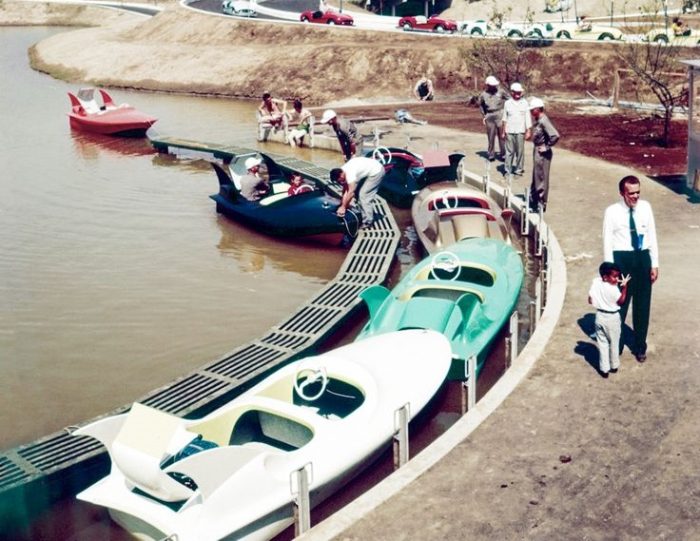
But while guests got to steer and drive the Autopia cars, Phantom Boat guests just went along for the ride, with a driver assigned to each boat. According to Disney Legend Bob Gurr, who designed the Autopia cars and “anything that was on wheels in Disneyland,” the boats “were a big disaster. It took one cast member to drive one or two guests – high cost and low capacity!”
The styling of The Phantom Boats was done by Disney art director Bruce Bushman, according to Gurr, but he never learned who actually built them for Disney. One of the boats’ biggest drawbacks was the fact that “the air-cooled motor was encased in a closed hull – engines burned up after a few hours!” Gurr said. “It was a BIG lesson on amusement park designs for Walt.” The attraction closed in 1956, but the lagoon used by The Phantom Boats was repurposed in 1959 when a submarine voyage surfaced.
After The Phantom Boats were grounded, Disney’s creative staff went back to the drawing board and came up with an updated, if still quite similar attraction called The Motor Boat Cruise. The new attraction opened in 1957. The Motor Boat Cruise, which was piloted by a guest on board, carried three or four passengers through a winding waterway located between Tomorrowland and Fantasyland.
Though still very low capacity, the boats survived a number of park expansions, including the 1959 additions of the monorail, the submarine voyage and the Junior Autopia track. The original version of the Motor Boat Cruise attraction closed in 1991, but another reincarnation – a motor boat cruise with a Gummi Bears theme – ran for two additional years before it, too, sank into Disneyland lore. Fantasia Gardens now takes up some of the land once occupied by The Motor Boat Cruise.
TOM SAWYER ISLAND DEBUTS IN 1956
When Disneyland opened, the mighty Mark Twain sailed around an unoccupied island, a spit of land that Walt always intended as a tie-in with the Mark Twain; namely, a place where young guests could relive the adventures of Tom Sawyer, Becky Thatcher and Huckleberry Finn, all while a mighty riverboat’s whistles tooted nearby.

The success of the Mark Twain and Tom Sawyer Island spurred Walt Disney to add more watercraft to the half-mile long Rivers of America, making it, as Marty Sklar wrote in Walt Disney’s Disneyland, “Literally … one of the world’s busiest” waterways. Actual canoes [first referred to as Indian war canoes, but later changed to Davy Crockett’s Explorer Canoes], using arm-weary guests with oars to move them about, were added to the mix, as were the top-heavy-looking Mike Fink keelboats.
The keelboats – one was named the Gullywhumper, the other the Bertha Mae – were free-floating vessels that drew their inspiration from The Legend of Davy Crockett television series. Guests sat either inside the boat, peering out open-air windows, or on the roof of the cabin for an unobstructed view.
SECOND IN A SIX-PART SERIES. Next: As if The Rivers of America waterway wasn’t crowded enough in the late 1950s, Walt Disney decided that another large sailing vessel – preferably one of historical significance – should join the fleet.
Chuck Schmidt is an award-winning journalist who has covered all things Disney since 1984 in both print and on-line. He has authored or co-authored seven books on Disney, including his Disney’s Animal Kingdom: An Unofficial History, for Theme Park Press. He also has written a regular blog for AllEars.Net, called Still Goofy About Disney, since 2015.




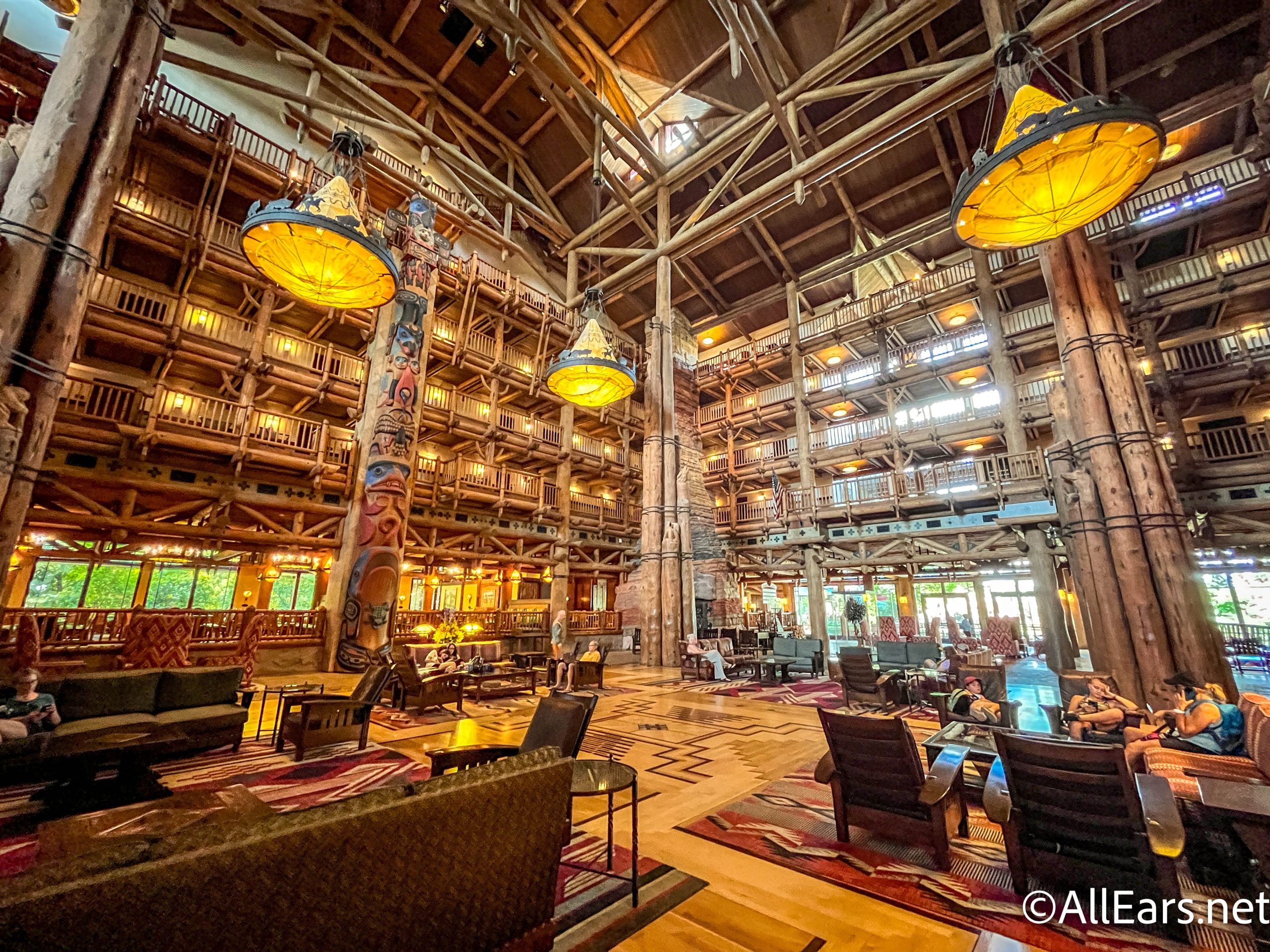

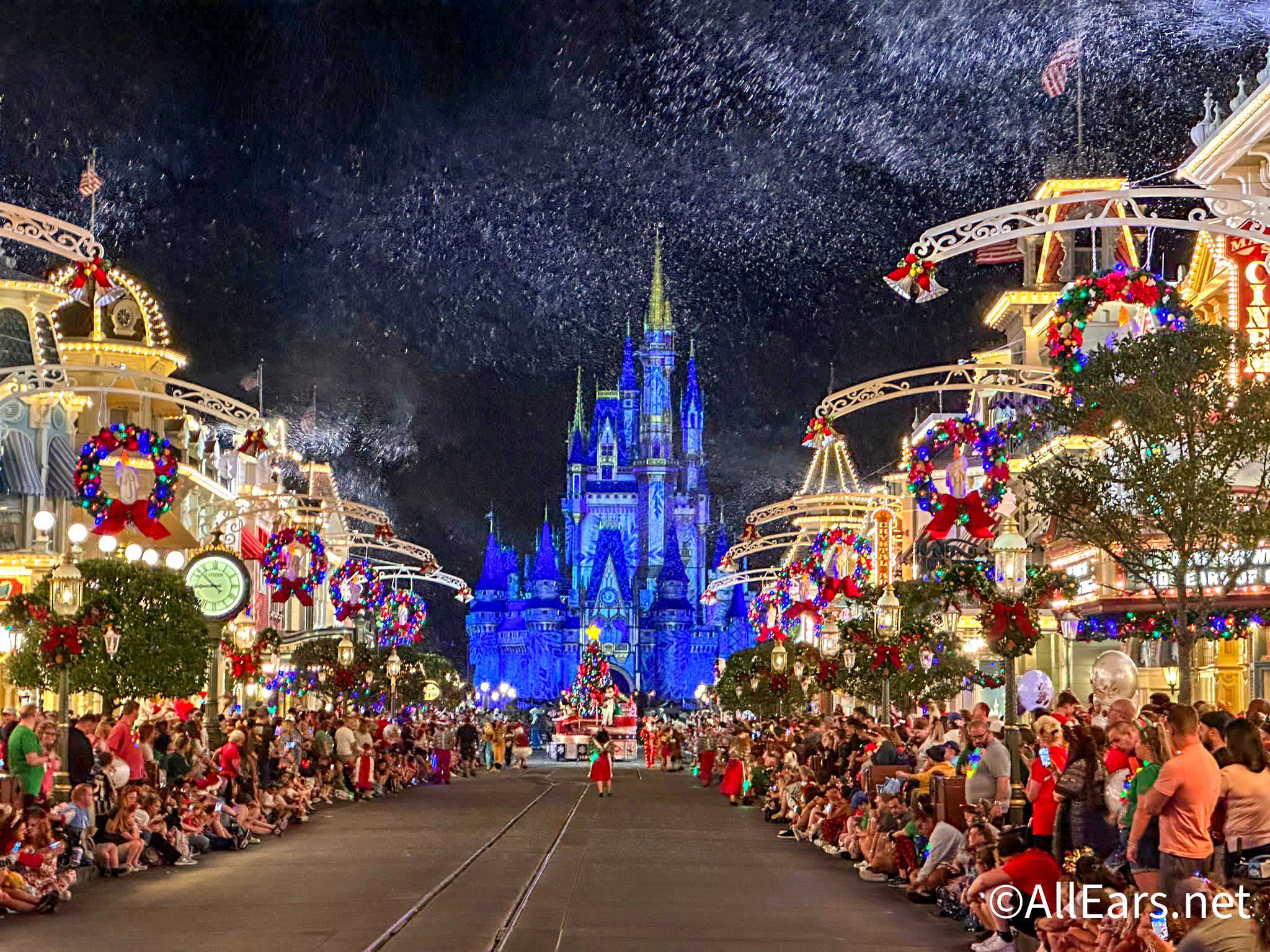

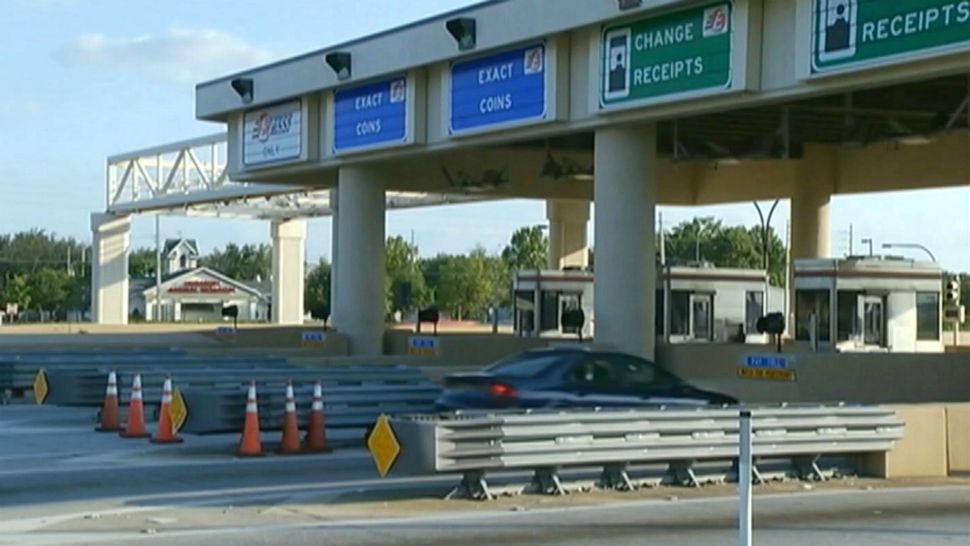
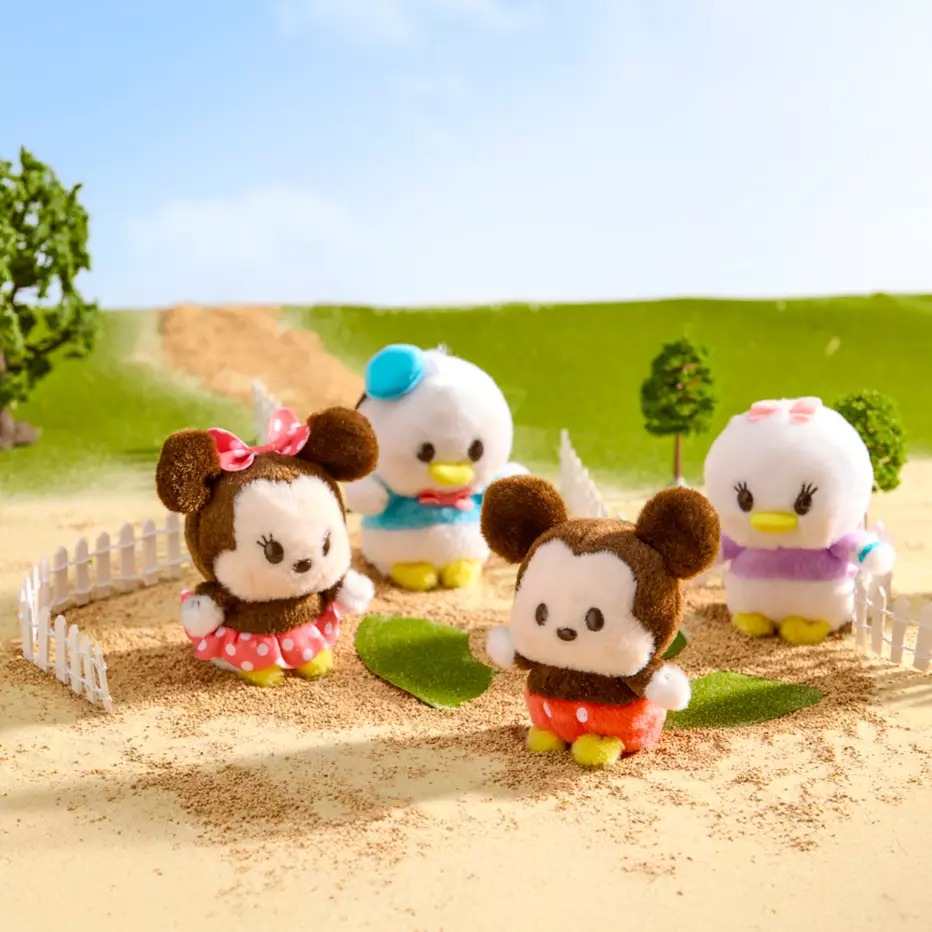
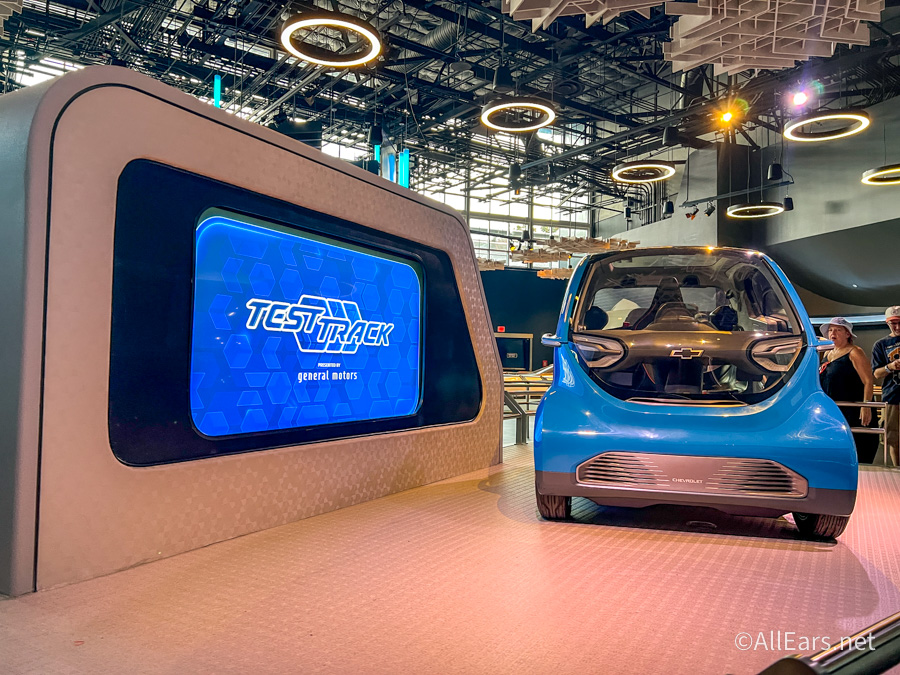



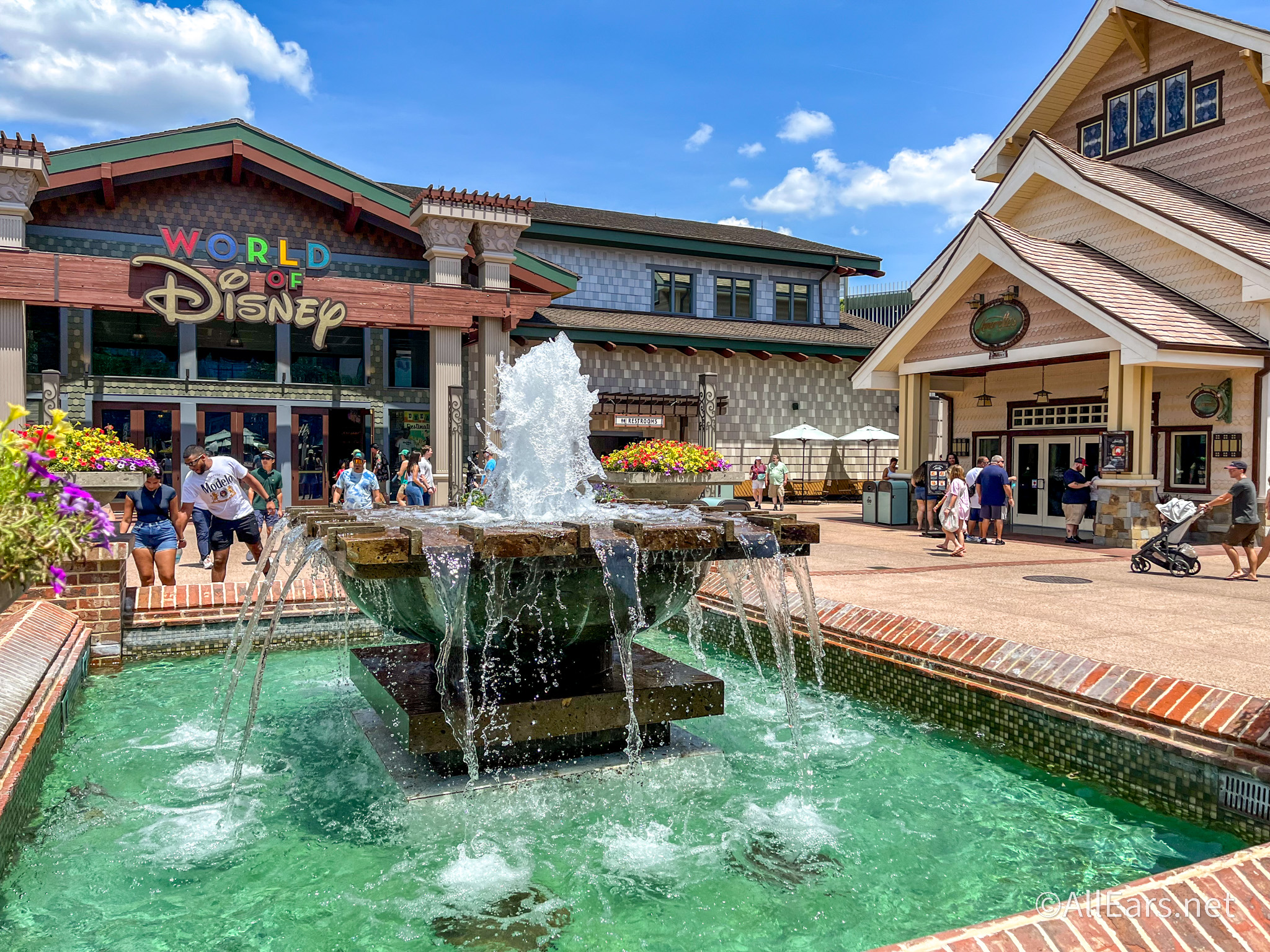








Trending Now
Grab these discounted Disney gifts online RIGHT NOW!
Why does this abandoned land sit in the middle of Islands of Adventure?
Heads up if you're about to stay at the Wilderness lodge for the first time.
No matter how tempting it might be to stay in line for Slinky Dog Dash...
Here are a couple of clues about Mickey's Very Merry Christmas Party 2025 at Disney...
There are a couple of defunct Disney World terms that we absolutely refuse to stop...
There's a MAJOR travel scam that visitors to Disney World are still falling for!
As a Disney Pro, I'm always on the lookout for the best Disney souvenirs, and...
Test Track is FINALLY reopening soon in Disney World, and now we know how we...
We finally know when Buzz Lightyear Space Ranger Spin will close in Magic Kingdom!
There is one ride I will NOT do in Epic Universe.
Despite what many Disney guests think, this Animal Kingdom land is still partially open.
Introverts heading to the shopping district should take heed.
This Magic Kingdom attraction is open NOW!
We finally know where the NEW Monsters Inc. roller coaster will be!
ANOTHER restaurant at Disney's Dolphin Hotel is permanently closing to make way for a new...
Ch-ch-cha-cha-changes in how you experience EPCOT with Lightning Lane is coming SOON!
Maia Kealoha, who stars as Lilo in the new Lilo & Stitch movie, recently stopped by Disney...
Epic Universe is already turning heads as one of the most ambitious and innovative theme...
Let's find out what problems Disney Adults have encountered at the Orlando International Airport.